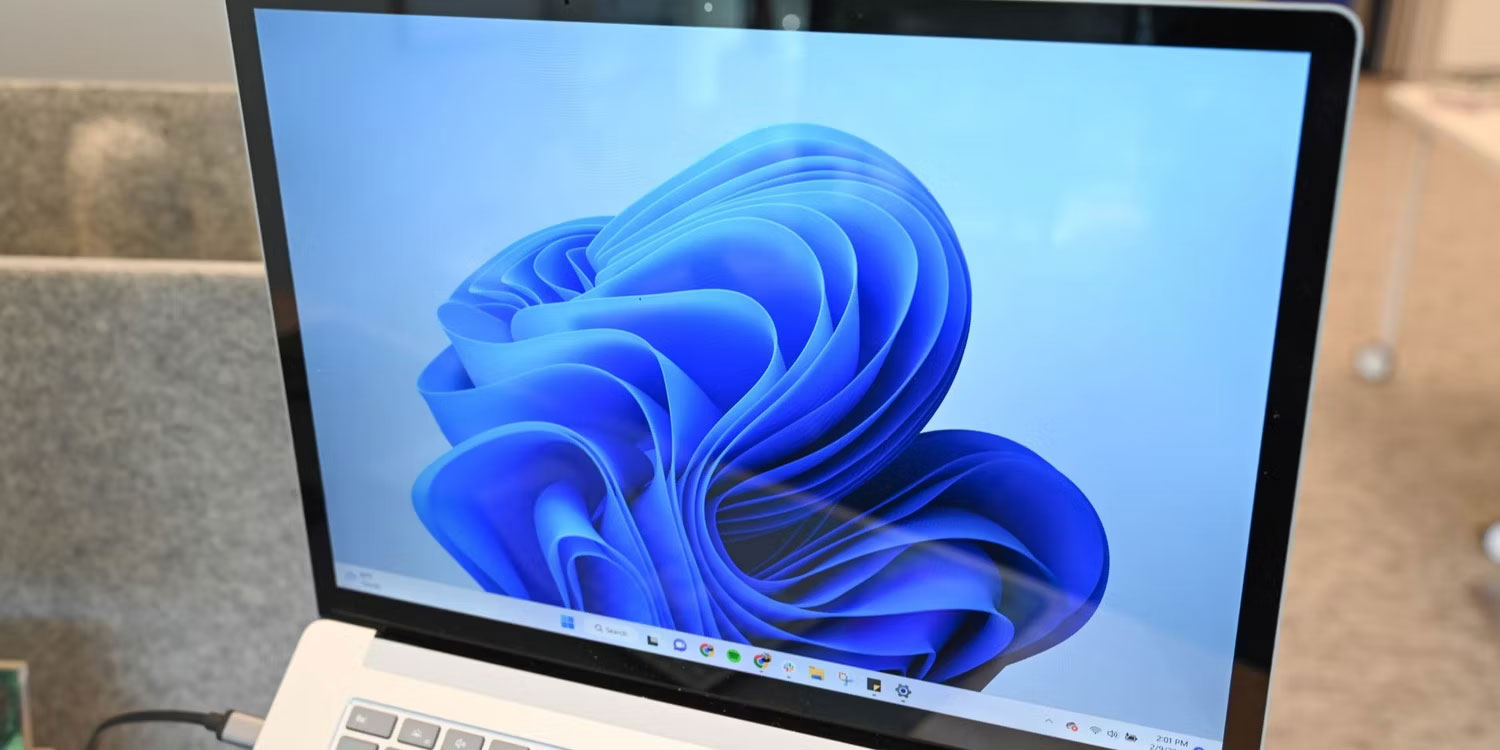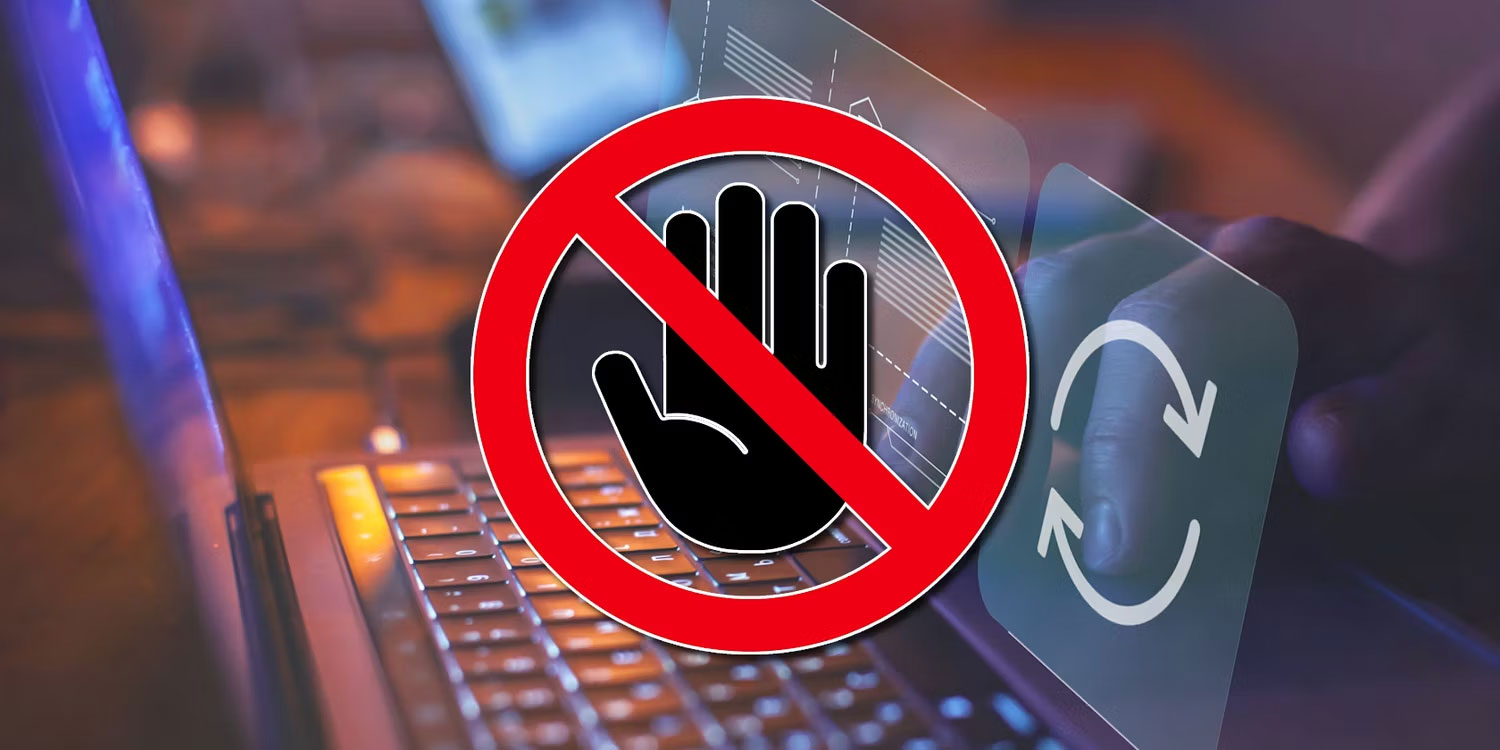How are Cloud Download and Local Reinstall different?
Let's explore these differences to determine which option is best for you!
What is Cloud Download?

Cloud Download fetches a new copy of Windows directly from Microsoft's servers and installs it on the device during the reset process. Since you will be downloading large amounts of data, a strong and reliable Internet connection is a must if you plan to use this option.
This method is a better PC reset option if you are experiencing problems due to bad or corrupt system files or if you cannot use Local Reinstall.
What is Local Reinstall?
Local Reinstall uses the Windows image already on the system drive to reinstall the operating system. This option does not require Internet access, so it is suitable for resetting Windows when offline or with an unreliable network connection. However, if the computer has corrupted system files, Local Reinstall may have problems.
Difference between Cloud Download and Local Reinstall

Now that you have a basic understanding of how Cloud Download and Local Reinstall work, let's look at the differences between these two options:
Installation times vary
Which option is faster depends entirely on your Internet connection speed. The Cloud Download option will download about 4GB of data from Microsoft servers. If you have a fast and reliable network connection, downloading this data will take less time, making Cloud Download a better choice.
On the other hand, a slow network connection means that downloading this data may take longer. It's better to reset your computer via Local Reinstall. However, this method may not be faster because Windows still needs to review the files on the drive and reassemble them into a new Windows system. Depending on your computer hardware and file system, local installation can take from a few minutes to a few hours.
Corrupt files and pre-installed applications are handled differently
If you want to delete pre-installed applications, Cloud Download is the best way. This option will remove all bloatware, including third-party antivirus software, built into the system, along with unnecessary drivers and services. In contrast, Local Reinstall can leave some bloatware intact, such as some drivers and core components from the manufacturer.
Cloud Download downloads the operating system from Microsoft servers and replaces damaged system files, fixing any problems that may be encountered due to them. Meanwhile, Local Reinstall uses files already on the system. So, if there are corrupt system files, this method can actually fail.
You're probably stuck with either option

Although resetting Windows usually goes smoothly, no matter which option you choose, there's always the possibility of errors. Local Reinstall can get stuck if there are corrupt system files that Windows cannot repair. If that happens, the system will boot into the current Windows installation and you will need to use Cloud Download to complete the reset.
Cloud Download rarely crashes because it downloads files directly from Microsoft. As long as the device remains connected to the Internet, you should not encounter any problems. However, a dropped connection can interrupt the installation process, especially if the necessary files have not been fully downloaded.
You should read it
- How to download Genshin Cloud, play Genshin without downloading
- MegaDownloader 1.8 download link
- How to Access Google Cloud on Android
- Learn and get used to the cloud - Cloud
- How to store images and videos in the cloud
- The NSA identifies 4 'critical' security vulnerabilities of cloud systems
- How to add the cloud icon to the Windows 10 right-click menu
- Cloud computing can develop in a relatively different direction in the next few years
May be interested
- MegaDownloader 1.8 download link
 megadownloader is a free, high-speed file download service with integrated cloud storage. mega works on all major devices and platforms connected to the internet and allows users to directly download files located in its cloud to any device with an app installed.
megadownloader is a free, high-speed file download service with integrated cloud storage. mega works on all major devices and platforms connected to the internet and allows users to directly download files located in its cloud to any device with an app installed. - How to Reinstall WiFi Driver
 old or faulty wi-fi drivers can prevent your computer from connecting to the internet. if the wi-fi driver has problems, you just need to reinstall it to access the network. first, download the latest driver version using a wired internet connection. thus, you will be able to safely remove the current driver from device manager and proceed with the reinstallation process without any problems.
old or faulty wi-fi drivers can prevent your computer from connecting to the internet. if the wi-fi driver has problems, you just need to reinstall it to access the network. first, download the latest driver version using a wired internet connection. thus, you will be able to safely remove the current driver from device manager and proceed with the reinstallation process without any problems. - How to Access Google Cloud on Android
 this wikihow teaches you how to access google cloud on your android smartphone. google cloud is a paid service that offers many development tools. you can download the google cloud console app from the app store or sign in to google cloud through a web browser to access options.
this wikihow teaches you how to access google cloud on your android smartphone. google cloud is a paid service that offers many development tools. you can download the google cloud console app from the app store or sign in to google cloud through a web browser to access options. - Learn and get used to the cloud - Cloud
 you may have heard or seen terms like cloud - cloud. but what exactly is a cloud?
you may have heard or seen terms like cloud - cloud. but what exactly is a cloud? - How does Google determine local rankings?
 local seo is a concept of optimizing rankings on a number of keywords related to the locality and location. in order to get good rankings on google, local seo needs to have a few other tricks compared to regular seo.
local seo is a concept of optimizing rankings on a number of keywords related to the locality and location. in order to get good rankings on google, local seo needs to have a few other tricks compared to regular seo. - Download Ghost win xp, win 7, 8, 10 32 and 64bit Link Google Drive
 ghost reinstalling windows is a fast and convenient way to reinstall windows for the computer, often used for it technicians to reinstall the computer, create ghost versions to quickly reinstall windows, skip the setup steps. when installing win.
ghost reinstalling windows is a fast and convenient way to reinstall windows for the computer, often used for it technicians to reinstall the computer, create ghost versions to quickly reinstall windows, skip the setup steps. when installing win. - Upcoming Windows 11 feature lets you switch to a cloud PC in a jiffy
 microsoft is currently testing a feature that will allow users to switch between a local windows 11 installation and a cloud-based windows 365 pc installation on the device with just basic computer commands.
microsoft is currently testing a feature that will allow users to switch between a local windows 11 installation and a cloud-based windows 365 pc installation on the device with just basic computer commands. - The NSA identifies 4 'critical' security vulnerabilities of cloud systems
 the us national security agency (nsa) has issued a new guide to help organizations and businesses improve the security of data stored on the cloud.
the us national security agency (nsa) has issued a new guide to help organizations and businesses improve the security of data stored on the cloud. - How to add the cloud icon to the Windows 10 right-click menu
 today cloud applications are growing, enabling users to access and use data quickly. and if you use cloud services often, you can put cloud icons into the windows 10 right-click menu.
today cloud applications are growing, enabling users to access and use data quickly. and if you use cloud services often, you can put cloud icons into the windows 10 right-click menu. - Cloud computing can develop in a relatively different direction in the next few years
 almost everything in the digital world is now connected to the cloud in some way, except for data stored locally for security reasons.
almost everything in the digital world is now connected to the cloud in some way, except for data stored locally for security reasons.









 What is DOCSIS?
What is DOCSIS? What is a JSON file?
What is a JSON file? What are malicious apps? How dangerous are they?
What are malicious apps? How dangerous are they? What is Zigbee wave? Does it affect health?
What is Zigbee wave? Does it affect health? Which country is the 001 number from? List of countries in the world
Which country is the 001 number from? List of countries in the world Popular video formats today
Popular video formats today